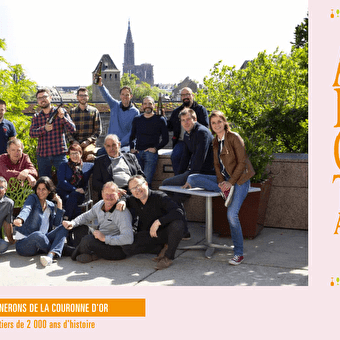
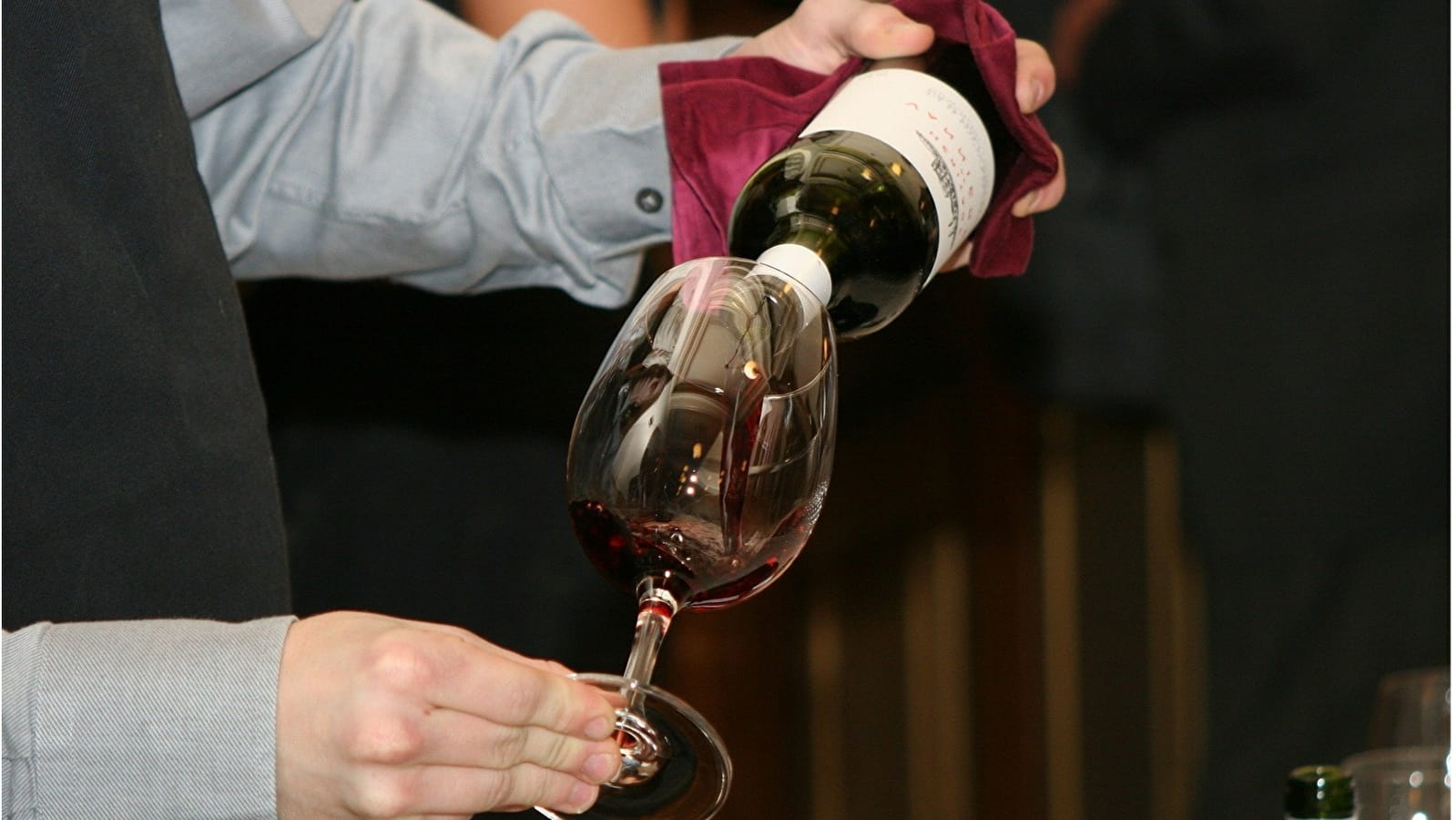
Alsace Wines
Everything You Need to Know About Alsace Wines
Planning a trip to Alsace for your vacation, perhaps to explore its famous Wine Route ? Where to begin ? How to taste Alsace wine ? Learn more about Alsatian grape varieties ? Discover the Grand Crus of the region? To assist you in your preparations, we've provided all the details you need to know about Alsace wines in Mossig and Vignoble.
7 Alsatian Grape Varieties
If you're fond of Alsatian wines, it's highly likely that some names are already familiar to you. From the renowned Riesling to the famous Gewurztraminer, understand their origins and flavor profiles. Why are they named like this? Simply because these wines are named after their grape variety. Blending allows for more complex and richer wines. By combining complementary grape varieties, we seek a delicate alchemy to achieve the best possible result.
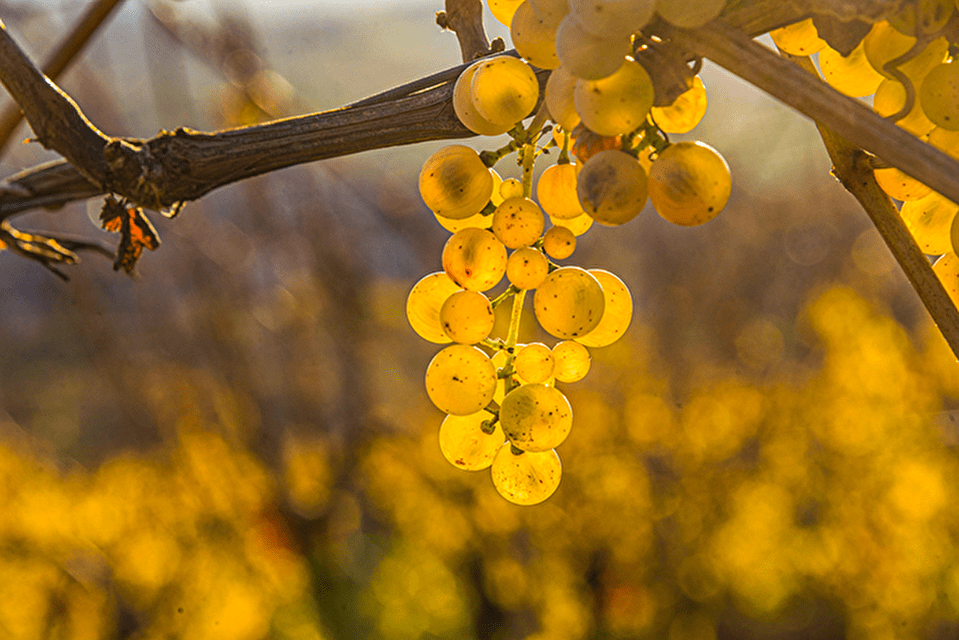
The grape variety corresponds to the type of grape used to make wine, the type of vine. Each grape variety differs in terms of foliage and its berries. These berries can have specific sizes, colors, and, of course, their own unique aromas. In Alsace, there are 7 different grape varieties :
- Alsace Pinot Blanc. This one is recognizable by its pale yellow color. Subtly fruity, its aromas are revealed through its floral nuances and the flavor of orchard fruits.
- Alsace Pinot Noir is the only grape variety identifiable by its red robe. Its range is intriguing with its structured and complex framework alongside its fruity and woody aromas. It is a light wine whose flavors become pronounced with aging.
- Alsace Pinot Gris adopts a golden yellow robe. Full-bodied and robust, it is particularly appreciated for its smoky notes, not to mention its noble aspect. It also possesses indulgent hints of dried fruits, toasted bread, or beeswax.
- Alsace Muscat, on the other hand, is recognizable by its pale yellow color. Drier and more potent than Pinot Blanc, it imparts a fragrance of fresh grapes with occasional subtle floral notes.
- Alsace Gewurztraminer is identifiable by its deeper golden hue. More indulgent, it presents a true aromatic spectrum! Full-bodied and generous, it delivers an explosive mouthfeel with a distinct, rounded, and sweet aroma.
- Alsace Riesling, recognizable by its green hue and pale robe, is a dry wine. In the mouth, one can savor a slight fruity and floral note with hints of citrus.
- Alsace Sylvaner has a light robe with green reflections. Quite light, it offers a refreshing taste with floral aromas of citrus and freshly cut grass. It is the driest wine in the range of Alsace wines.
In addition to the 7 Alsatian grape varieties, there are blended wines such as Edelzwicker or Gentil. In oenology, blending involves creating a wine by combining several grape varieties or several cuvées. Blending allows for more complex and richer wines. By combining complementary grape varieties, a delicate alchemy is sought to achieve the best possible result.
In Mossig and Vignoble, we have a unique offering, the Argenturatum, a blended cuvée shared by 12 winemakers who are members of the Couronne d'Or, a winemaking association created to promote the Strasbourg Vineyard.
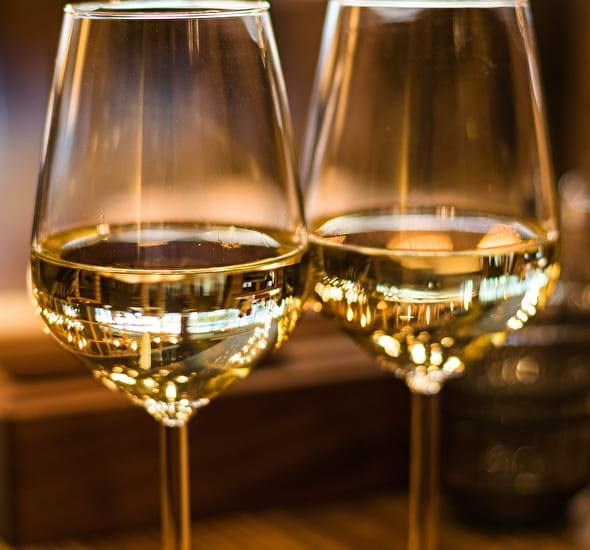
The Argenturatum Cuvée
"Argentoratum" is the ancient name given by the Romans to Strasbourg in the 12th century BC. From this term, the Argentoratum cuvée was born, as a nod to a time when wine production began to be mastered. Why is there a cuvée bearing the name Argentoratum ? What does it have to do with wine ?
In Mossig and Vignoble, an association of 19 winemakers has come together to promote traditions and expertise in viticulture. Stretching across 21 municipalities west of Strasbourg, the Couronne d'Or constitutes the oldest vineyard in Alsace. Its starting point is in Marlenheim, the first stop on the wine route.
Argentoratum is a dry gastronomic blend that combines freshness and indulgence. Bottles labeled Argentoratum are the result of slow maturation and patient work by the winemakers of the Couronne d'Or. Argentoratum is made from a dry white wine containing a minimum of 50% Riesling. By adhering to certain rules, each winemaker is free to decide on the proportions of the blend to create their "Argentoratum" cuvée using grapes from their vineyard.
If Alsace is rich in its viticultural culture, we are fortunate to have 4 Grand Crus that belong to the Strasbourg Vineyard. Among them:
- The Steinklotz of Marlenheim
- The Engelberg of Dahlenheim
- The two Altenberg of Wolxheim and Bergbieten
There are strict oenological rules that entitle a wine to the Grand Cru Appellation. This designation is awarded to exceptional wines that meet very demanding quality criteria. In Alsace, you can find 51 Grand Crus.
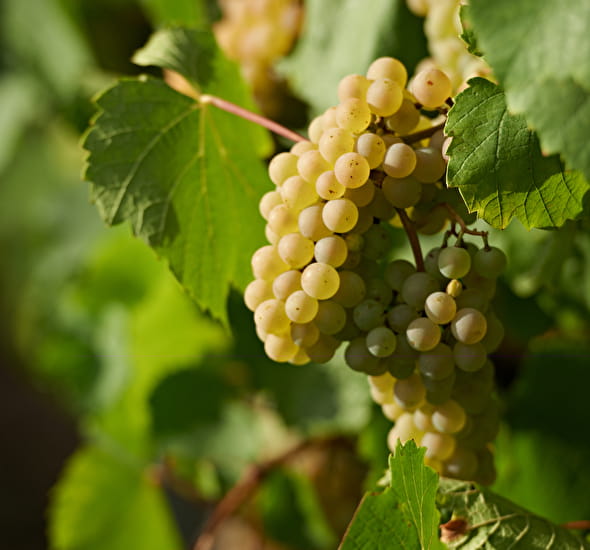
Wine Tasting
Wine tasting is an art that anyone can practice at their own level. We all have different perceptions of wine colors, aromas, and flavors, and each person may interpret them uniquely. During your stay in Alsace, if oenotourism interests you, don't hesitate to visit wineries and vineyards directly. Take the opportunity to meet our winemakers and ask for information; they will be delighted to share their passion and expertise with you.




